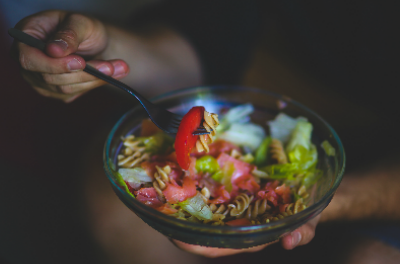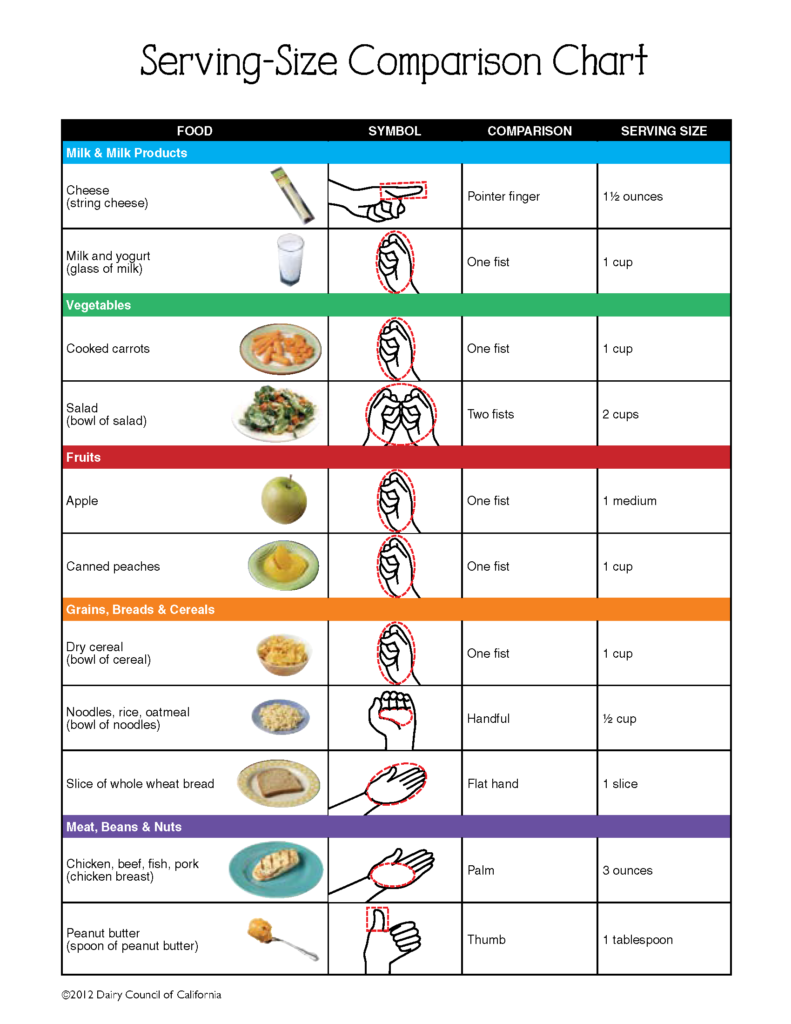How to approach eating less
My son was laughing as he handed me the Swedish Fish wrapper he was eating. I couldn’t imagine anything funny about it since it’s filled with all sorts of things I encourage him not to eat – but it was one of those special occasions. He said, ‘you have to read the nutrition label’. I have taught him to always read ingredient lists and nutrition labels and especially be aware of the added sugar in packaged foods. He knows that food manufacturers like to be sneaky with the candy and list the serving size as ½ the bag or ½ candy bar so that upon quick glance at the grams of sugar, one would think it’s only ½ the amount of what is really in the whole thing.
Well, this time I soon saw why he was laughing. For some reason, the small bag of Swedish Fish listed the serving size as 2 bags! Looks like someone got the marketing tactic all wrong! He was ready to say ‘hey, where is my second bag!’
In last week’s blog post I shared that there are 3 ways to eat less and discuss intermittent fasting (IF) in detail. This week I want to discuss the 2 other ways to eat less:
- Practice portion control
- Do a Detox or elimination diet.
Portion Control
Restaurants offer enormous plates of food, cups are “Big Gulp” sizes and snacks are in oversized packages all making it difficult to know how much to eat. Everything around us have grown in size over the years. Our dinner plates, drinking glasses, and muffin tins are all larger than they were 30 years ago, which distorts our perception of what the right serving size should be.
How many times have we heard “Eat a balanced diet with a variety of foods.” But how much of each should we be eating daily? Here is a great image of hand symbols for portion sizes.
To gain more perspective on eating correct portion sizes it is important to be aware of what you are consuming.
- Learn to read food labels. Pay attention to the number of servings contained in the package, then note the calorie, carb, sugar and fat content per serving.
- Compare portions to recommended serving sizes. If you eat something at a restaurant or pickup from the grocery store compare its size to what’s recommended by the USDA. A pasta dinner from your favorite restaurant might add up to six or more servings of grains as well. If you eat a 12-ounce piece of meat, you’re consuming three ounces more than your whole days’ recommendation!
- Repackage supersize bags. Supersize bags may be more economical, but they can also encourage you to overeat. If you buy huge bags of chips or popcorn portion them when you get home into smaller containers/baggies. (This also helps with quick on the go snacks).
- Eat half or less. If you’re not sharing a meal, eat half of what you’re served and take the rest home to enjoy as another meal. You might even ask for the box when your plate arrives and pack it up right away.
- Use a smaller plate. At home, serve your meals on smaller plates. Your plate will look full, but you’ll be eating less.
- Slow down and skip second helpings. Eat one reasonable serving and don’t immediately go back for seconds. Give yourself time to digest and serve yourself more food if you are still hungry.
Elimination Diet
Experiencing digestive issues or skin flare-ups, but can’t seem to figure out how to make them go away? Well, an elimination diet might be exactly what you need.
So what is an elimination diet? It is a short-term eating plan that eliminates certain foods that may be causing allergies and other digestive reactions. Then after the elimination you reintroduce the foods one at a time in order to determine which foods are, and are not, well-tolerated.
An elimination diet is used to pinpoint which foods are the culprits for digestive and other health-related issues. Symptoms that might drive someone to do an elimination diet include frequent diarrhea, bloating, constipation, joint pain, migraine headaches, ezcema and acne.
Eight foods account for about 90 percent of all food-allergy / sensitivity reactions: milk, eggs, peanuts, nuts, wheat/gluten, soy, fish and shellfish.
My detox is a great example of an elimination diet. We spend 10 days eating squeaky clean. We remove all of following from you diet:
- Gluten
- Dairy
- Refined/added sugar
- Peanuts
- Corn
- Alcohol
- Eggs
- Processed or fast foods
- Coffee
This list can be customized to your needs. For example, if you’re just starting out on your healthy eating journey, I’d encourage you to shorten this list to the top 4 potential culprits. I can help you customize.
During the 10 days we focus on whole foods that are rich in vitamins and minerals. Once the detox is completed we slowly work back in the food above to see if any cause discomfort and the issues return.
If you’re suffering from food intolerances or sensitivities, an elimination diet could be the most profound dietary experiment you’ll ever try. My detox starts on the 24th! If you aren’t sure it this is right for you send me an email.



Pingback:Intermittent Fasting - What is it? - Simple Well Being
April 10, 2017 at 5:45 pm